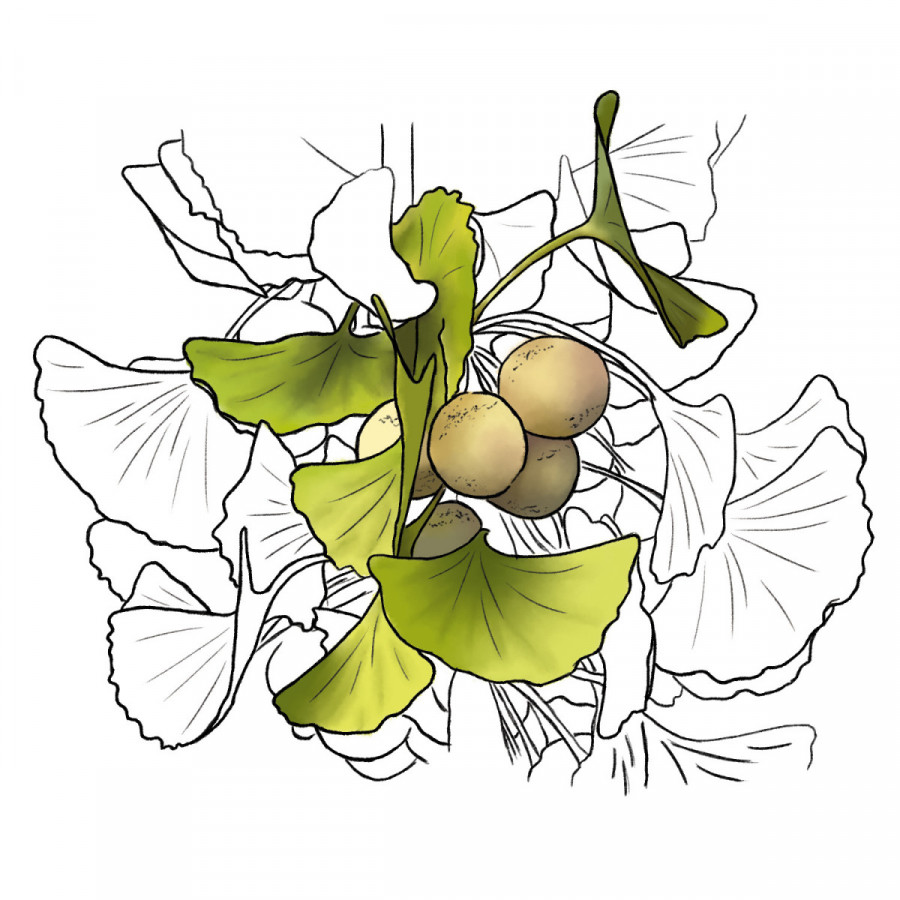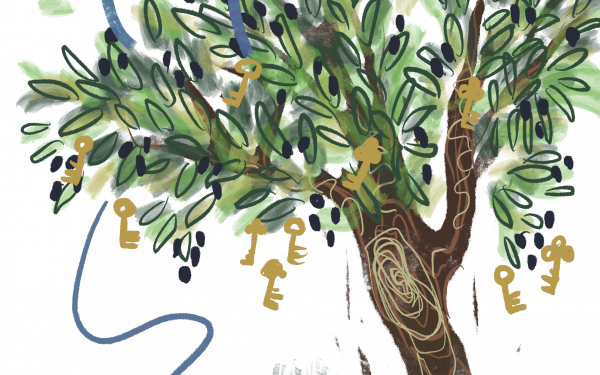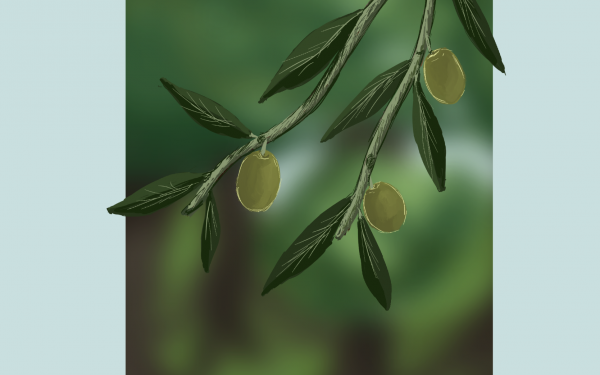My Birth Tree
When my mother became pregnant with me, she planted a Ginkgo in the front house in my honour. This was a tradition she started when my older sister was born—the new tree representing the growth and prosperity that lies ahead.
The tree is beautiful. Its leaves, distinct from those of a maple or oak, are fan-shaped. The veins run straight, never anastomosing or merging together.
Over the years, I watched the tree grow. As a child, I’d stand tiptoed at the living room window to peek over at it. Each time I did, I saw its branches moving in the wind. In the summer, the tree came alive. Its leaves were bright green and ants slowly walked up and down its trunk. By fall, the tree wept big tears of yellow leaves.
In rain and wind, I watched my neighbours’ trees snap like twigs while the Ginkgo stood tall. The world could be crumbling around it, but it was held down firmly by its roots. One morning, I looked up at it on my way to the hospital. The night before, a huge storm had taken down some of my neighbours’ trees. I sat in the car—anxious about my upcoming surgery—and watched my father navigate around trees fallen in the street.
Year after year, I aged through heartaches and triumphs and the tree remained unchanged—until its 20-year anniversary—when the tree matured. Cherry-shaped, chartreuse fruit filled each branch. Upon falling to the ground, the fruit cracked open and a foul smell filled the air. Neighbours complained about it every time they walked by. Desperate to remove the smell, my father insisted the tree must be cut. It seemed like the Ginkgo was no longer adored.
Over time, I developed anxiety and depression. Heavy thoughts weighed down on me just as the fruit bent branches on the Ginkgo. Every time I’d try to shake them off, they’d return with a vengeance. Despite everything going well in my life, I was a void, unable to overcome the feeling of unfulfillment. Just as no one recognized the tree’s beauty behind the fruit, I could not see the positivity right in front of my eyes. In the toughest moments, I worried those around me resented me as they did the Ginkgo.
I felt like this for years. The happiness from every success lasted seconds. On cold days when I lacked the strength to leave the house, I would cry and shake in rhythm with the Ginkgo’s shivering branches. And while things slowly became brighter, just as the tree’s leaves did each spring, each moment of beauty was cut short when the fruit sprouted in summer.
Summer days were the hardest for me. Meaning in my life felt lost after school ended and my responsibilities went away. I spent my time contemplating what my purpose was–the stench of ripe Ginkgo fruit filling the air. “I am just as useless as a matured Ginkgo,” I thought to myself.
But day after day, the tree remained. Eventually, the smell of its fruit paled in the face of its beauty. No one wanted to cut down my birth tree. It was too beautiful to give up. We learned that the mature tree would survive and regrow even if the fruit covering its branches were pruned every few months.
I too realized that I was showered with love all along, giving me the courage to prune my own fruit and grow to be more positive. We never ignored the beauty of the tree. We just did not like to see its beauty tainted by its fruit. But fruit can be cut, and so can the dark thoughts that fluttered through my head.
Even on the hardest days, I remind myself that I have the same strength as my birth tree. It was, after all, one of the few trees to survive the Hiroshima bombing.
Today, the Ginkgo still stands outside my front window.
This article originally appeared in Volume 43, Issue 10, published January 24, 2023.


_600_832_s.png)

_600_375_90_s_c1.jpg)
_600_375_90_s_c1.jpg)

